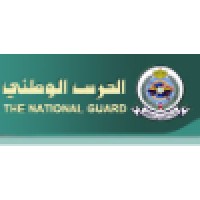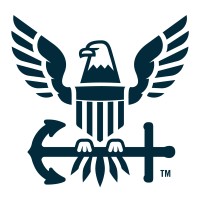
SANG
Saudi Arabian National Guard المهمة الأساسية للحرس الوطني هي : الحفاظ على الأمن، والاستقرار الداخلي للوطن، والدفاع عن مقدّساته ومكتسباته الحضارية . ومن مـهامه الأخرى ما يلي: •حماية المنشآت الحيوية، والإستراتيجية التي يُكَلَّف بها. • المشاركة في وضع خطط الكوارث،وتنفيذها. • المشاركة في حفظ أمن ضيوف الرحمن، خلال مواسم الحج، وتقديم العون والمساعدة، والإرشاد الديني، والرعاية الصحية لهم. • تقديم الخدمات الصحيّة ، والتعليميّة، والثقافيّة، والإعلاميّة، والعناية بالجانب الإرشاديّ والتوجيهيّ، ونشر الوعي الدينيّ لمنسوبيه. • الحفاظ على التراث الوطني، ونشر الثقافة. • المساهمة في تنمية الوطن، وبناء المواطن. • التعاون مع الجهات الرسميّة في نطاق ما تنص عليه الأوامر، وما تقتضيه المصلحة العامة.






